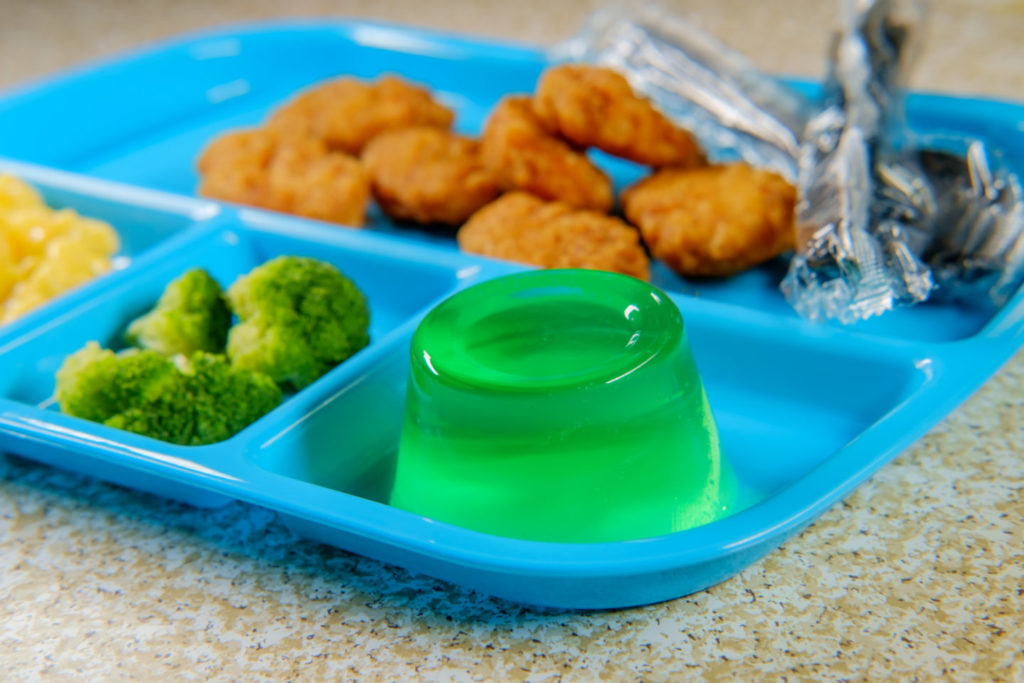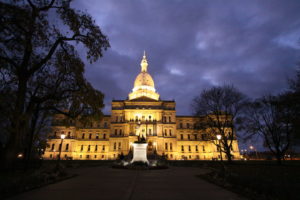Universal free school lunches sound great. In reality, they’re redundant and wasteful
New Mexico Gov. Michelle Lujan Grisham signed a new law Monday ensuring all K-12 students will have free meals at school, but policy experts are skeptical of such programs.
“When we feed our…

New Mexico Gov. Michelle Lujan Grisham signed a new law Monday ensuring all K-12 students will have free meals at school, but policy experts are skeptical of such programs.
“When we feed our children, we’re feeding our future,” said the governor’s press release. “These investments today will yield benefits tomorrow through generations of healthier New Mexicans.”
Several other states have implemented similar programs, including California, Colorado and Michigan.
But school workers and food policy experts question the need of universal meal programs.
“I have difficulty understanding how giving free food to kids whose parents are millionaires helps students facing real food insecurity,” wrote Baylen Linnekin, an attorney and expert in food law and policy.
Under the current system, 67% of the state’s students already qualify for free or reduced-price lunches.
Comparatively, New Mexico Voices for Children, a nonpartisan advocacy organization, says 25% of the state’s youth live in poverty, while slightly more – 34% – experience food insecurity.
By lowering the standard to include everybody, New Mexico isn’t helping low-income students. It’s “helping” middle and high-income students who are more likely to throw their free meals in the trash.
One food services professional, who has worked in a Michigan school district for nearly 20 years, said, “To give every single child in the district free lunch, I don’t agree with it.”
She explained that free lunches offered during the pandemic often became waste.
World Wildlife Fund estimates that U.S. schools waste 530,000 tons of food per year – the equivalent of $9.7 million a day. A study from Penn State University also found that U.S. schools waste significantly more food than other developed countries, with rates ranging as high as 53%.
States representatives also cast doubt on whether the $22 million allocated would be sufficient to actually implement the program.
New Mexico’s law will go into effect on July 1.



